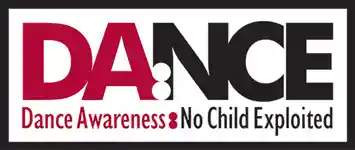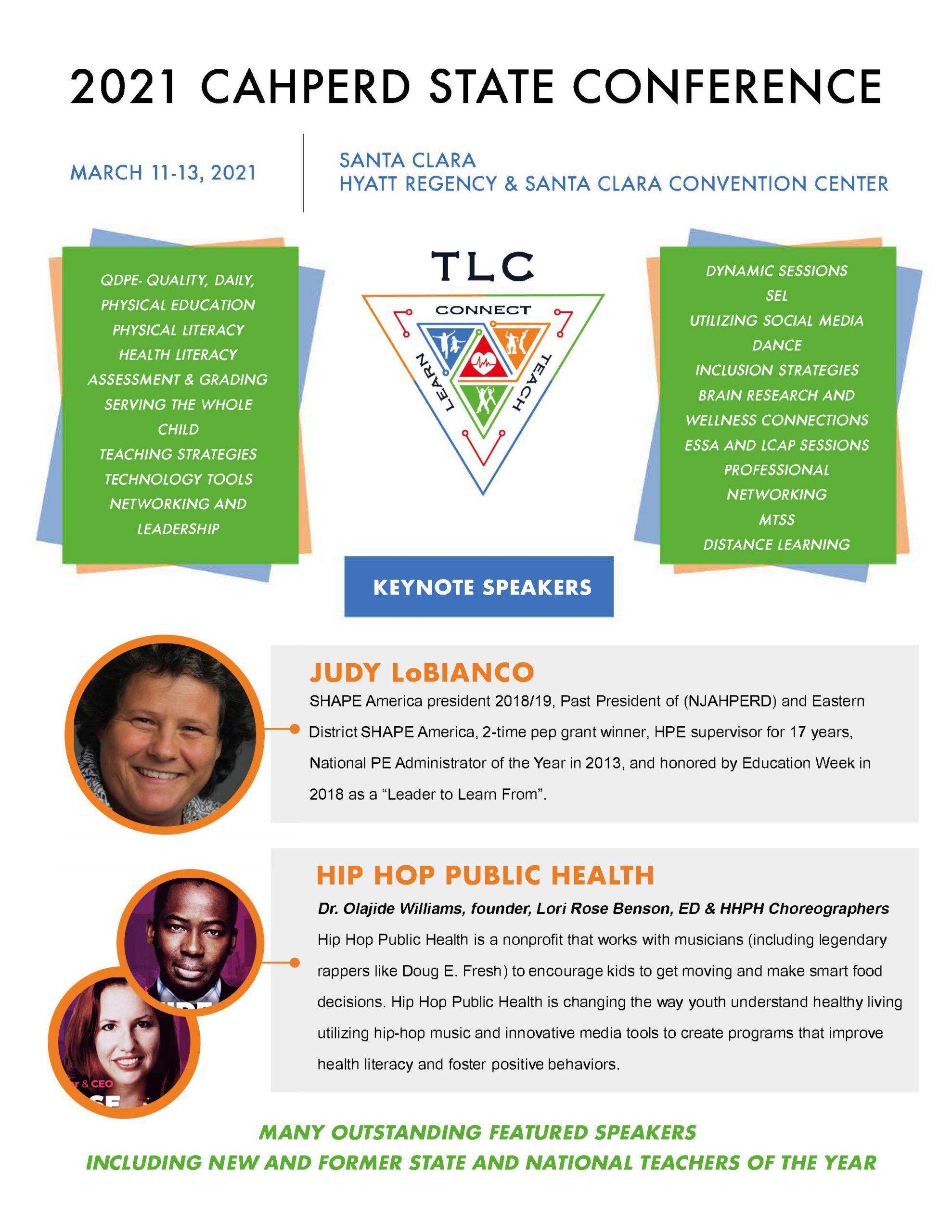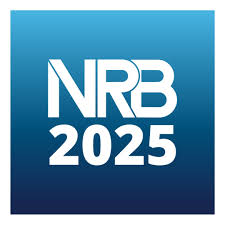I’ve had a month of going back to school. It was exciting to speak on ‘Healthy or Harmful Dance: What Do the Experts Say?’ at the online California Health Physical Education Recreation and Dance State Conference. CAHPERD is a state affiliate of SHAPE (Society of Health and Physical Educators) which is a national educator organization. Large numbers of physical and dance educators attended this conference to learn and grow. From my perspective, it was another road to educating educators about the researched science behind hypersexualized children’s dance and an opportunity to bring awareness to cultural influencers. And, of course, I got to learn too?
Judy Lobianco, past president of SHAPE, opened the conference with a presentation on ‘Moral Courage: The Time Has Come!’ She emphasized that the work educators do is a matter of life and death for children because educators teach children to understand life from the inside out. There was also encouragement to embrace prevention without fear. In the pandemic, through relationships, the veil has been lifted about what doesn’t work. What does work is caring personally for kids because relationships are at the heart of what is important. Essentially, connection is more critical than content.
I agree.
At the closing session of the conference, we heard from ‘Hip Hop Public Health’(HHPH) founder & Columbia University Neurologist, Dr. Olajide “Hip Hop Doc” Williams and Lori Rose Benson, public health leader and HHPH’s CEO. What is HHPH? It’s harnessing the ‘Transformative Power of Music, Movement and Science to Inspire Healthy Behavior Change’ – HHPH is an internationally recognized non-profit organization that creates and implements multimedia public health and education interventions designed to improve health literacy, inspire behavior change and promote health equity. Here are some wonderful examples of HHPH. 
HHPH uses hip-hop as a communication tool because it is a huge media influencer for children(1 in 4 songs released are hip-hop). That’s why HHPH spends time carefully researching the best approach to educating children with positive movement messages. Remember, brain research shows that children copy what they see. Mirror neurons. If what they see is healthy, kids copy that. On the other hand, if what they see is harmful, they copy that.
Now join me for an unexpected analysis that shows the importance of understanding the differences between healthy and harmful dance. The USA Grammy awards in March 2021 exposed children to hypersexualized hip-hop. Of course, they were intentional. Presenting sex in a popular art form makes money. Cardi B and Meghan B. Stallion sang pornographic adult lyrics and moved with sexualized choreography during family time viewing to present ‘WAP’(the words stand for ‘wet-ass pussy’). I looked up all of the stanzas online and couldn’t believe what I saw. For example, the title phrase ‘wet-ass pussy’ was the repeated message-over and over again. Does hearing that phrase and seeing it danced out make me a better human being? More importantly, what are we teaching children to imitate?
The quote below was part of a press conference released by the National Center on Sexual Exploitation:
“In a performance that could have been cut from a hardcore pornography film, CBS allowed a glamorization of stripping and prostitution to be broadcast in front of a national audience – a portion of which were children – for no other reason than for TV ratings.”
It all boils down to TV ratings? Whose interests are being served? Children & adults, or money? These 2 hip-hop examples really point out the vast media choices that we expose children to. Because HHPH communicates through science, art and culture, & strategic resources, it intentionally creates a message for children to influence them positively. With the Grammys, we see sexual song and dance used to normalize what is not normal. That’s why adults need to be informed and educated about what they allow children to see. It’s our job to protect our youngest citizens. They may not be fully grown but they are fully human.
Let’s end on a positive note. Dr. Judith Hanna has just released a book on the benefits of dance for children: Dancing to Learn: The Brain’s Cognition, Emotion and Movement . It is groundbreaking. Interdisciplinary 21st century neuroscience that suggests that the brain “choreographs” dance-maker, dancer, and spectator. The book synthesizes new research in neuroscience with knowledge in the arts, humanities, social sciences, and education to offer illuminating insights about dance as a compelling medium of education for everyone. Now, I have the pleasure of sharing part of her personal dance story. This is what she writes: 
“It all started with my flat feet. I began to study ballet in 1946 because a pediatrician said ballet would make my feet strong. I don’t think dancing helped my feet, but dancing has made me stronger physically and mentally…………
Since 1962, I have been on an odyssey to understand the power of dance. I earned my Ph.D. in anthropology at Columbia University and conducted research on dance. See www.judithhanna.com for references to my numerous books and articles.
I’m still dancing, taking flamenco and Afro-Cuban classes and performing with my grandson, Merrick Hanna, now 15 years old. He is a dancer who tells stories through hip hop on America’s Got Talent 2017, Tiktok, YouTube, Instagram, stage and screen. Merrick started his acting career during two full summer Shakespeare runs (Much Ado about Nothing and A Winter’s Tale) with the Intrepid Theater Company. Movies and TV shows include Dance Squad with Merrick Hanna (Fox Family Entertainment) Alienated, A Genie’s Tail, Winston, Star Audition, Team Kaylie, and Pumpkin Dick.”
It’s important to remember the value and beauty of the art of dance and its incredible benefits to children when the context is healthy. Next month DA:NCE will be releasing a new video resource with Charlene Doak-Gebauer. She is an international expert in online child protection(Internet Sense) and will help us all understand how to navigate safety for dance students on the internet.



